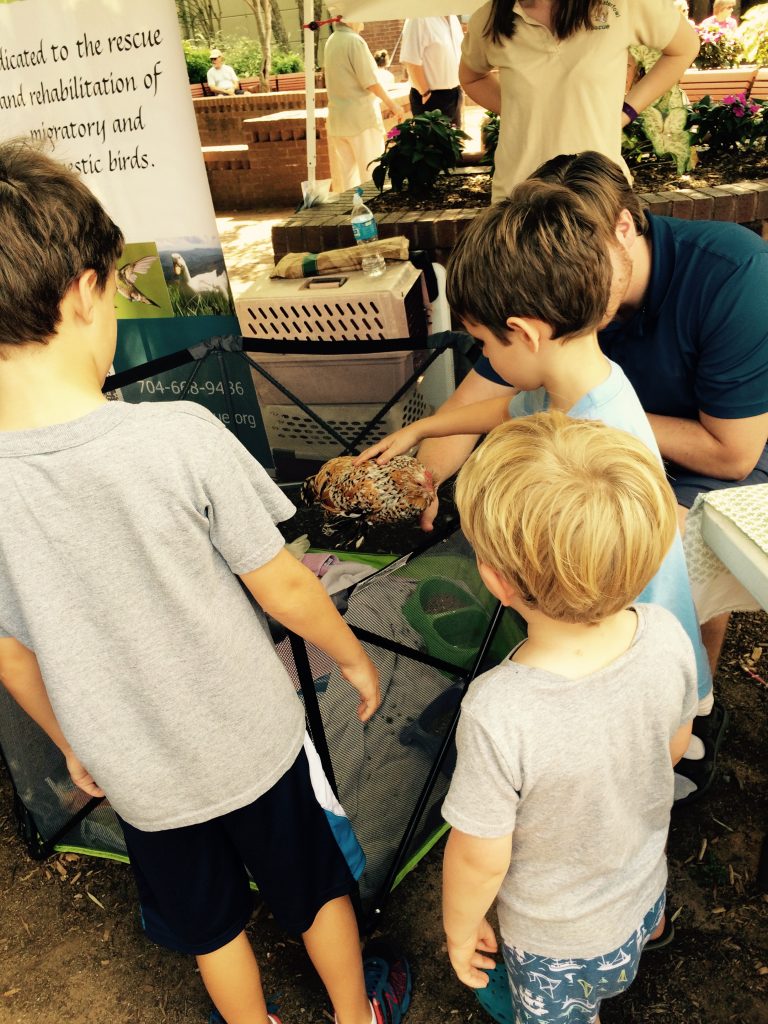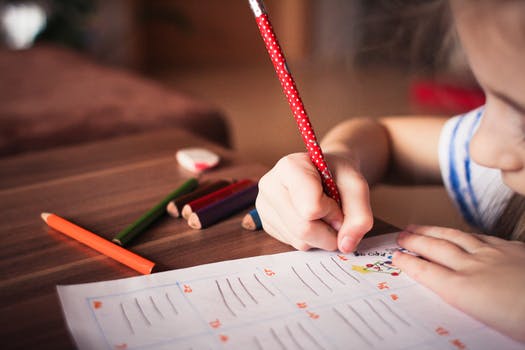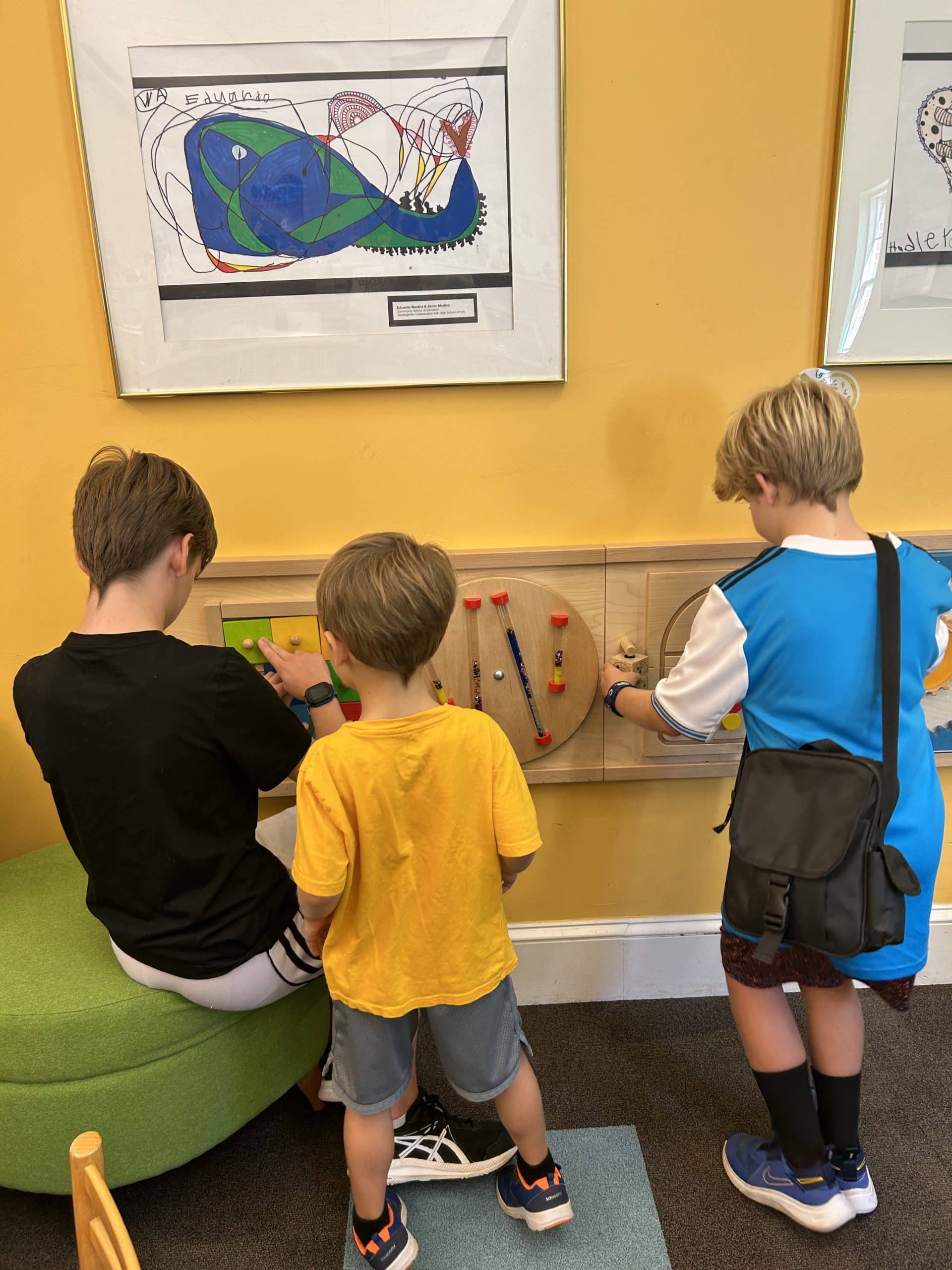Last week my blog was about teaching bright students in the classroom. And yes, there is a difference between being bright and being gifted. Should they be treated differently in the classroom when new content is presented?
Bright children often succeed better in the classroom than the gifted student. Some characteristics of both are:
• Bright students know the answer, gifted learners ask questions.
• Bright students work hard to achieve, gifted students know concepts without involving the hard work.
• Students that are bright enjoy school and the gifted choose a self-directed path for learning.
• The bright student has clever ideas but the gifted student has original ideas.
• A bright student is at the top of the group. The gifted student is beyond.
• A bright student understands ideas while gifted students construct abstractions.
• Bright students are receptive and gifted students are intense.
• Bright students memorize; gifted students will take an educated guess.
• Concepts are enjoyed in sequence by bright students; gifted students like complexity.
• Students that are bright are happy with their learning and gifted students are self-critical.
• Bright students aren’t as easily bored as the gifted student.
• The bright student completes assignments while the gifted student may leave projects unfinished.
Both types of students are persistent in achieving or maintaining good grades. When it comes to determining whether a child/student is bright or gifted, it is difficult. Most schools have guidelines and tests for determining the gifted student.
High achievers, or bright students, learn differently than gifted learners. As educators and parents, it’s important to understand and identify the learning needs of children/students. A resource guide from NSTA may be of help with the identification of learning styles and multiple intelligences in students.
Bright and gifted students need material and resources that are challenging to them. Stimulate each student’s curiosity by providing opportunities for him/her to think, create, and ask questions. Once we understand learning distinctions between the bright students and gifted learners we will be able to use our awareness and knowledge to meet their academic, social, and emotional needs.
![]()



